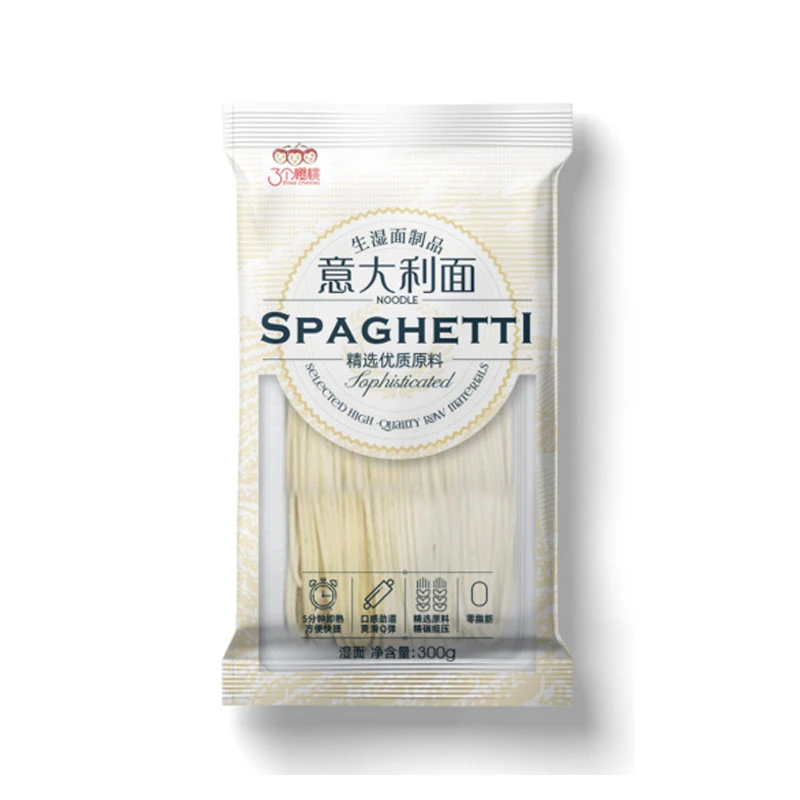Crafting Delicious Handmade Ramen Noodles from Scratch for Authentic Flavors
The Art of Handmade Ramen Noodles
Ramen has become a beloved dish across the globe, enchanting taste buds with its rich flavors and comforting warmth. While many associate this popular meal with instant noodles, there exists a world of culinary artistry in handmade ramen noodles. The process of crafting these delicate strands of dough is not just a culinary task; it’s a celebration of tradition, skill, and passion.
The Foundations of Handmade Ramen
At its core, handmade ramen noodles are created from just four basic ingredients flour, water, salt, and kansui. Kansui, an alkaline mineral water, is essential for giving ramen its distinctive texture and chewy bite. It also contributes to the noodles’ characteristic yellow hue. The type of flour used can impact the final product; high-protein bread flour is often preferred for its gluten content, which helps create a firmer noodle.
The journey of making ramen noodles begins with the careful mixing of the ingredients. The flour is combined with water and kansui, followed by a pinch of salt. This mixture is then kneaded, either by hand or with a machine, until a smooth dough forms. Kneading not only ensures that the ingredients are well integrated but also develops the gluten, which is crucial for achieving the perfect bite.
Shaping the Noodles
Once the dough has been prepared, it is time to shape the noodles. This process involves resting the dough for a period so that the gluten can relax, making it easier to roll out. After resting, the dough is rolled out into thin sheets using a pasta machine or a rolling pin. The thickness of these sheets can vary based on personal preference, but traditionally, ramen noodles are about 1 to 2 millimeters thick.
Next comes the cutting, where the sheets are transformed into long strands. A sharp knife or a noodle cutter is used for precision, resulting in uniform noodles that will cook evenly. Once cut, the noodles should be dusted with flour to prevent them from sticking together.
hand made ramen noodles

Cooking and Enjoying Ramen
Cooking handmade ramen noodles is a quick process since fresh noodles require only a few minutes to boil. They are typically cooked al dente, allowing them to retain a satisfying chewiness that pairs perfectly with the rich broth and various toppings.
A bowl of ramen is a canvas for creativity. Common toppings include chashu (braised pork), soft-boiled eggs, green onions, nori (seaweed), and menma (bamboo shoots). The broth, which can vary from rich tonkotsu (pork bone) to lighter shoyu (soy sauce), provides not just a base but an explosion of flavors that elevates the entire dish.
The Cultural Significance
Handmade ramen noodles are more than just a meal; they embody a rich cultural heritage. The art of noodle-making has been passed down through generations, with each region in Japan putting its unique spin on the dish. Whether it's the thick and chewy noodles of Hakata ramen or the thin and straight varieties from Yokohama, each version tells a story of its place of origin.
Making ramen from scratch has also become a popular trend among culinary enthusiasts and chefs alike, who are eager to connect with this age-old tradition. It’s a labor of love that encourages mindfulness and appreciation for the craftsmanship behind each strand.
Conclusion
Handmade ramen noodles succinctly capture the essence of comfort food and the artistry of cooking. They invite you to slow down, appreciate the process, and savor each bowl. Whether you’re a seasoned chef or a curious novice, embracing the craft of handmade ramen is not only rewarding but also an incredible journey into the heart of Japanese cuisine. So why not roll up your sleeves and dive into the world of homemade ramen noodles? Your taste buds will thank you!
-
Unlock the Delicious Potential of Yam NoodlesNewsAug.11,2025
-
The Authentic Taste of Lanzhou NoodlesNewsAug.11,2025
-
Savor the Art of Hand Pulled NoodlesNewsAug.11,2025
-
Indulge in the Timeless Delight of Spaghetti BologneseNewsAug.11,2025
-
Indulge in the Rich Flavor of Braised Beef NoodlesNewsAug.11,2025
-
Elevate Your Meals with the Magic of Fresh PastaNewsAug.11,2025
-
Unleash Your Inner Chef with Delectable Italian Pasta CreationsNewsAug.01,2025
Browse qua the following product new the we

















































































































